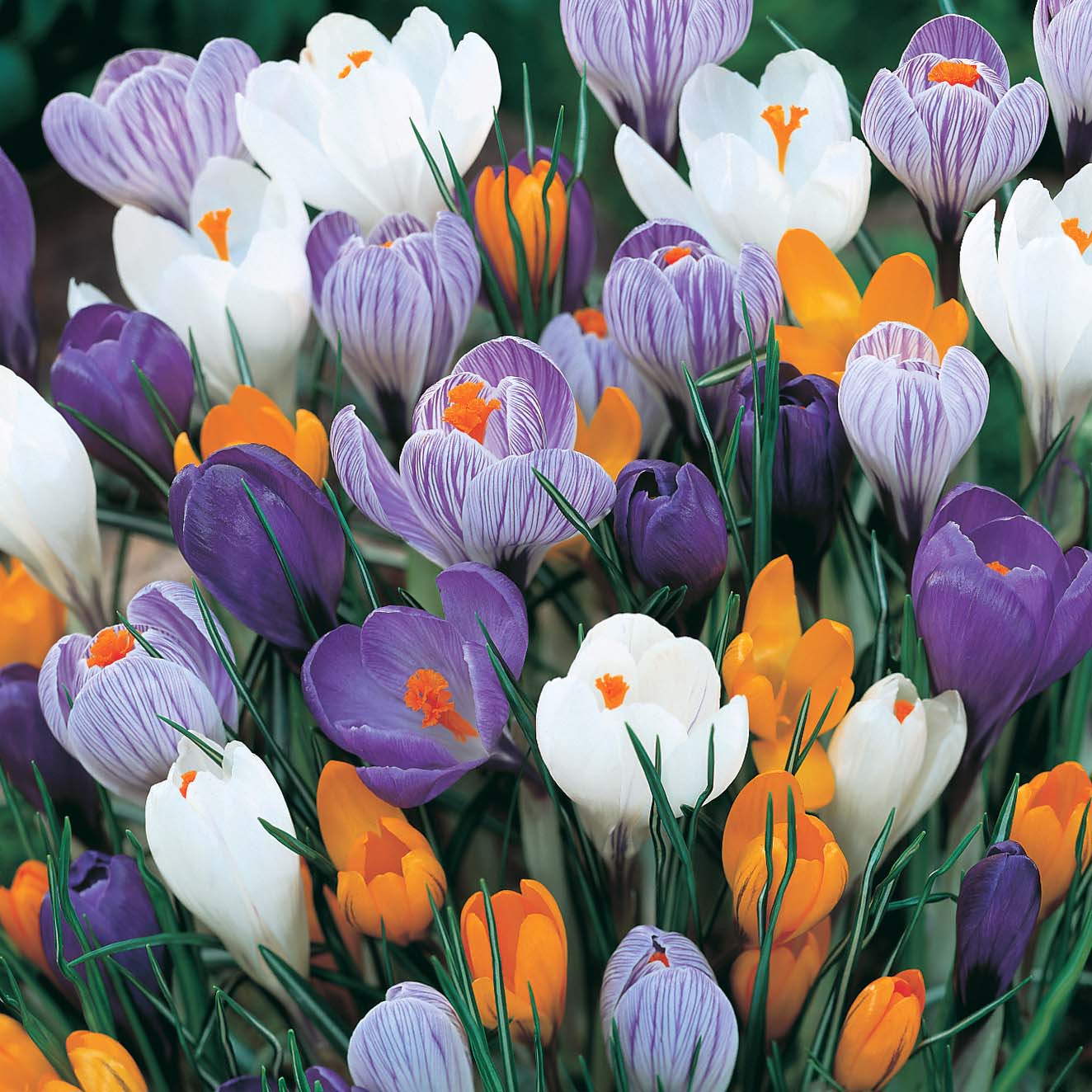Enjoy this time lapse video.
How to Plant & Care for Daffodils
Sunny, yellow daffodils are a wonderful sign that spring has arrived! Plant the bulbs in the fall and they will bloom in late winter or early spring. Daffodils are hardy and easy perennials to grow in most areas in North America, except Southern Florida.
Their attractive flowers usually bear showy yellow or white flowers with six petals and a trumpet-shape central corona. Leafless stems bear between 1 and 20 flowers; sometimes the flowers need to be staked so that they don’t weigh down the stems.
Daffodils are suitable for planting between shrubs or in a border, or for forcing blooms indoors. They also look wonderful in a woodland garden and in large groves. You’ll find that many gardeners plant the bulbs not just by the dozens but by the hundreds! Their flowers are excellent for cutting.
Planting
Select a site that offers full sun or part shade. Most daffodils tolerate a range of soils but grow best in moderately fertile, well-drained soil that is moist during the growing season. Many of the popular species prefer neutral to acidic soils, but some prefer slightly alkaline soils, so consult your nursery.
Select high-quality daffodil bulbs that have not dried out. The larger the bulb, the better.
- Plant bulbs in the fall—about 2 to 4 weeks before the ground freezes.
- Plant bulbs 1-1/2 to 5 times their own depth. Where winters are severe, make sure there is at least 3 inches of soil covering the bulb.
- Daffodils will tolerate some crowding but prefer to be spaced 3 to 6 inches apart.
- It may help to sprinkle a little bulb fertilizer in the hole during planting.
- Resist the temptation to uncover spring-flowering plants such as daffodils and tulips. You can loosen mulch, but the shoots will still benefit from protection against cold, drying winds.
Care
- Apply a low-nitrogen, high-potash fertilizer after flowering if bulbs are not performing.
- Water late-flowering daffodils in dry spring weather (flowers may abort in dry conditions).
- Deadhead plants as flowers fade (for neater garden appearance) and allow leaves to remain for at least 6 weeks.
- Lift and divide the clumps when flowering becomes sparse or the clumps congested.
- After they bloom in the spring, allow the plants to grow until they die off. They need time after blooming to store energy in the bulbs for next year.
- To remove the dead plants, either snip them off at the base, or twist the leaves while pulling lightly.
- Once daffodils and tulips have gone by, add bonemeal to the soil for next year’s blooms.
Source: The Farmer’s Almanac


